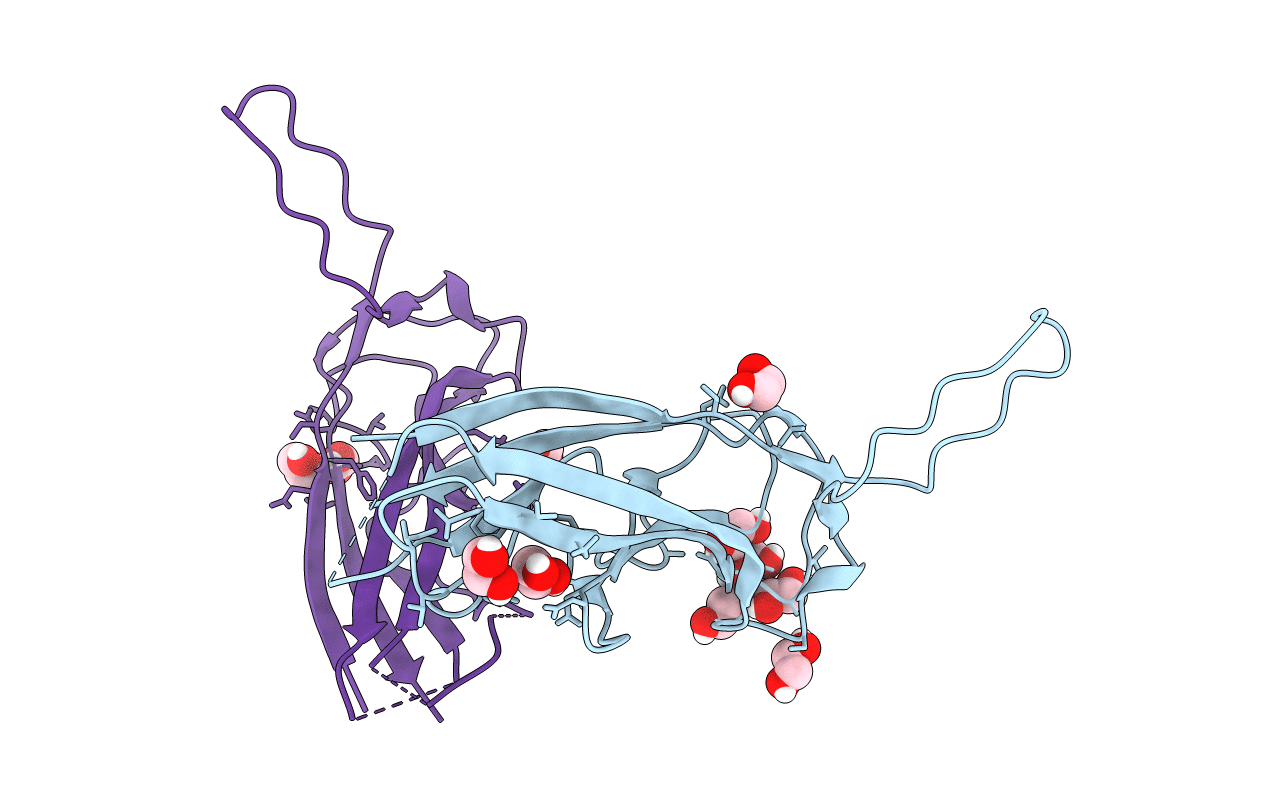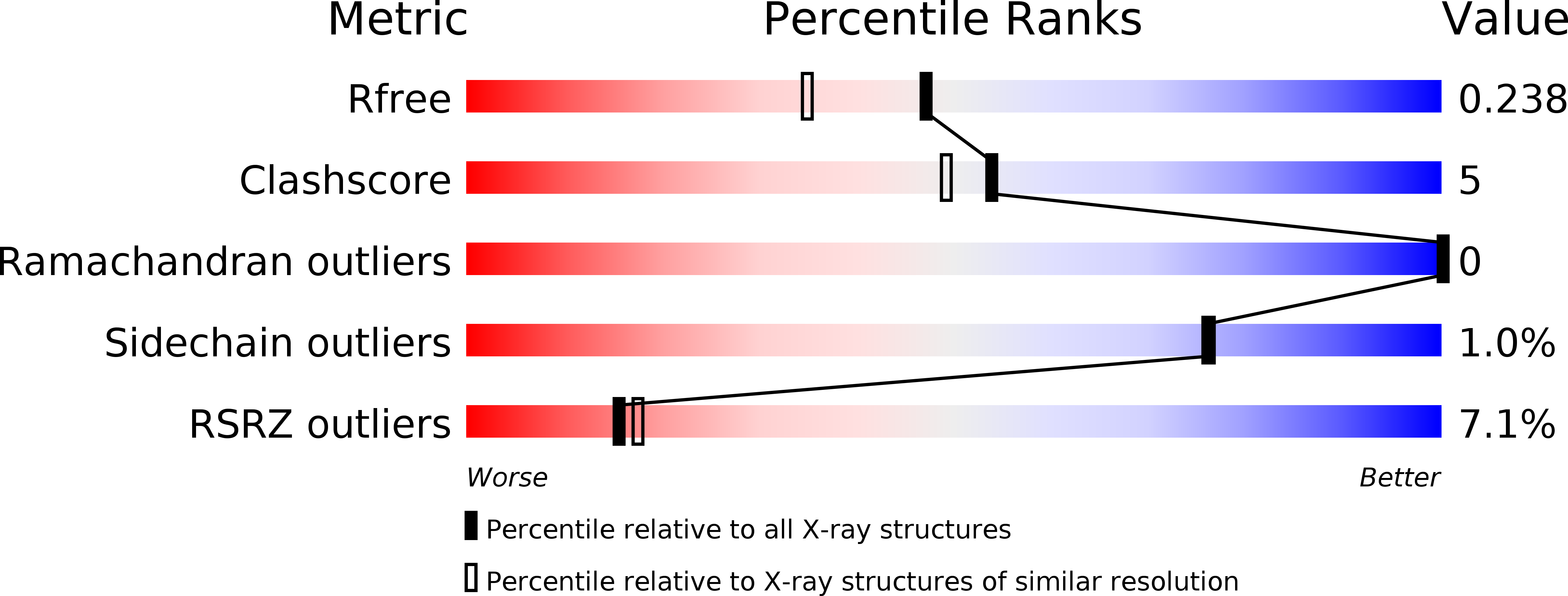
Deposition Date
2017-02-07
Release Date
2018-01-17
Last Version Date
2024-05-08
Entry Detail
PDB ID:
5N2B
Keywords:
Title:
The crystal structure of Burkholderia pseudomallei antigen and type I fimbria protein BPSL1626.
Biological Source:
Source Organism:
Burkholderia pseudomallei (Taxon ID: 272560)
Host Organism:
Method Details:
Experimental Method:
Resolution:
1.90 Å
R-Value Free:
0.23
R-Value Work:
0.20
R-Value Observed:
0.21
Space Group:
C 2 2 21


